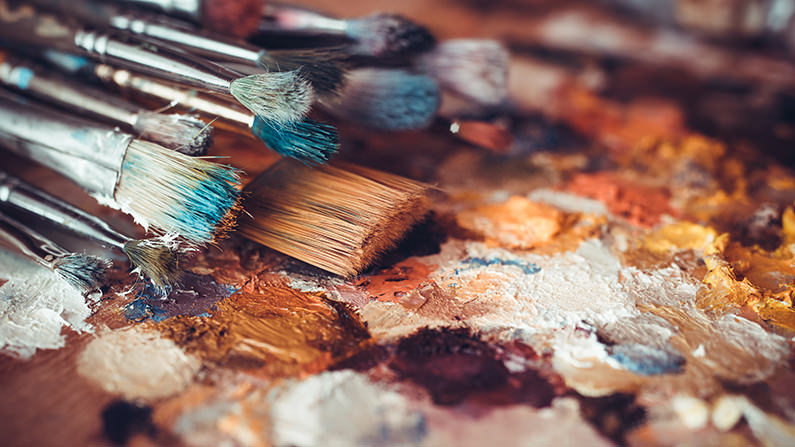Aladingsc Insights
Your go-to source for trending news and informative guides.
Brush Up Your Skills with These Painting Tricks
Unlock your artistic potential with these clever painting tricks! Transform your skills and impress with vibrant, eye-catching art today!
Essential Painting Techniques Every Artist Should Master
Every artist should be familiar with a variety of essential painting techniques to enhance their skills and create captivating artwork. Among these techniques, blending stands out as a fundamental practice that allows for smooth transitions between colors. This technique can be achieved using brushes, sponges, or even fingers, and is crucial for creating realistic skies and skin tones. Additionally, underpainting is another valuable method. This involves laying down a monochromatic base before adding color, which can help in establishing values and composition in your painting.
Moreover, mastering brushwork is vital for artists aiming to express their unique styles. Different brushes can create varied textures and effects; for example, a fan brush can mimic the appearance of grass or foliage, while a flat brush is ideal for creating crisp lines. Incorporating techniques such as stippling and dry brushing into your repertoire can also add depth to your paintings. Lastly, artists should not overlook the importance of layers—building up color and texture can lead to stunning visual outcomes and a more polished final piece.

Discover the Secrets to Creating Smooth, Flawless Brush Strokes
Creating smooth, flawless brush strokes is an essential skill for any artist looking to enhance their painting techniques. To achieve that perfect stroke, one must first understand the significance of brush quality. High-quality brushes, made from natural or synthetic fibers, can drastically alter your painting experience and results. Additionally, mastering the fundamentals of brush control is crucial. Try practicing different pressures, angles, and speeds to see how they affect your strokes. Remember to clean your brushes regularly to maintain their shape and performance.
Another secret to achieving impeccable brush strokes lies in the paint consistency. Using the right medium, whether it be oil, acrylic, or watercolor, can greatly influence the smoothness of your application. Learn to thin your paint with mediums or water for an easier flow. Experimentation is key – try various techniques such as the glazing method or wet-on-wet to find what works best for your style. By combining these elements, you'll be well on your way to creating the stunning brush strokes you've always wanted!
How to Choose the Right Brushes for Your Painting Style
Choosing the right brushes for your painting style is essential for achieving the desired effects in your artwork. Different brushes serve various purposes, and understanding their characteristics can significantly enhance your creative process. For example, flat brushes are perfect for creating bold strokes and filling larger areas, while round brushes are ideal for detail work and intricate designs. To get a comprehensive understanding of various brush types and their uses, check out this guide on brush types.
When selecting brushes, consider factors such as the medium you are using, the texture of your canvas, and your personal technique. If you enjoy creating textures, fan brushes may be your best choice, as they can mimic natural elements like grass or fur. For those who prefer an impressionistic style, a selection of filbert brushes can provide versatility with their unique shape. To learn more about how each brush can complement your individual painting style, visit this informative Jackson's Art Blog.